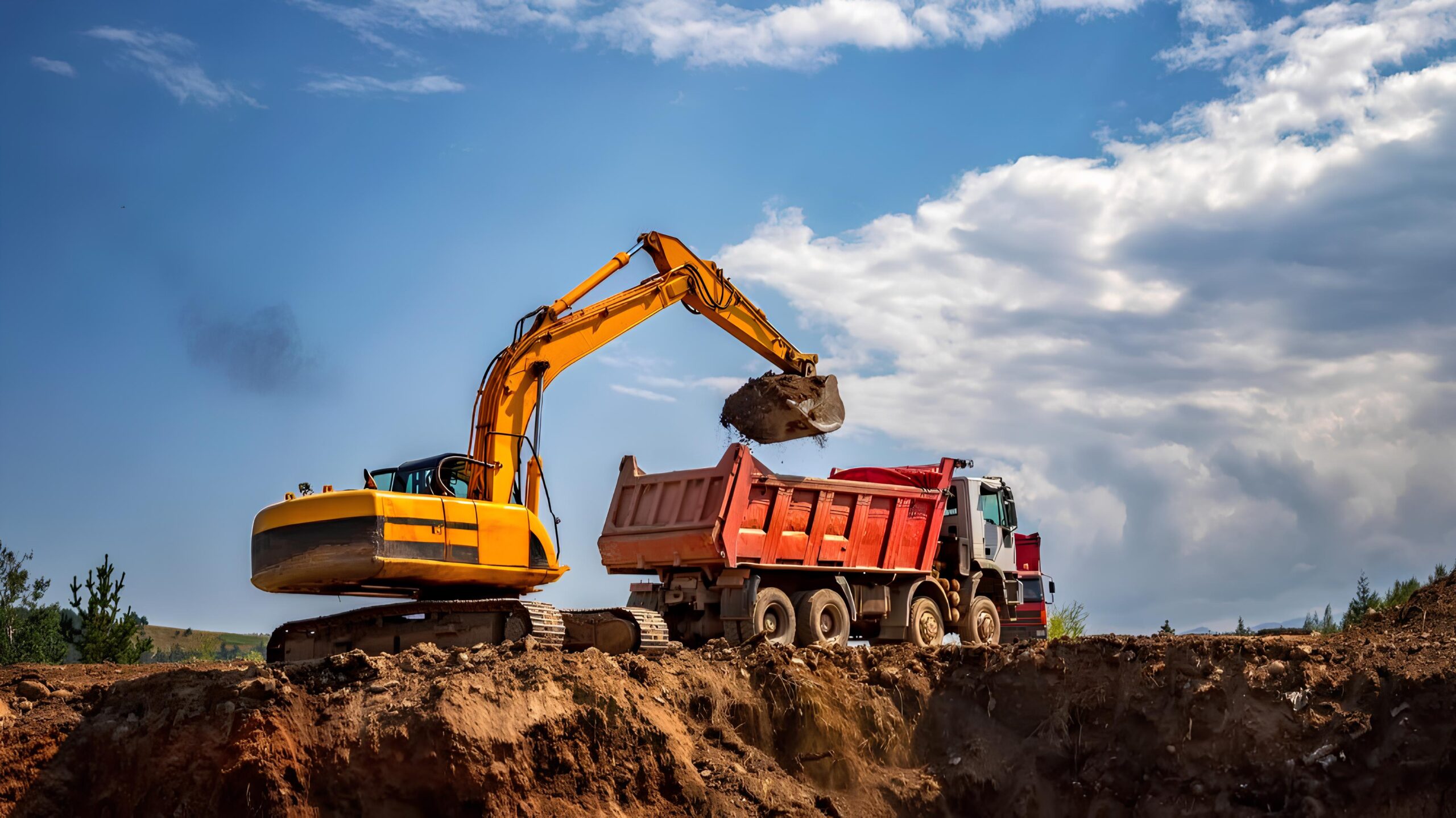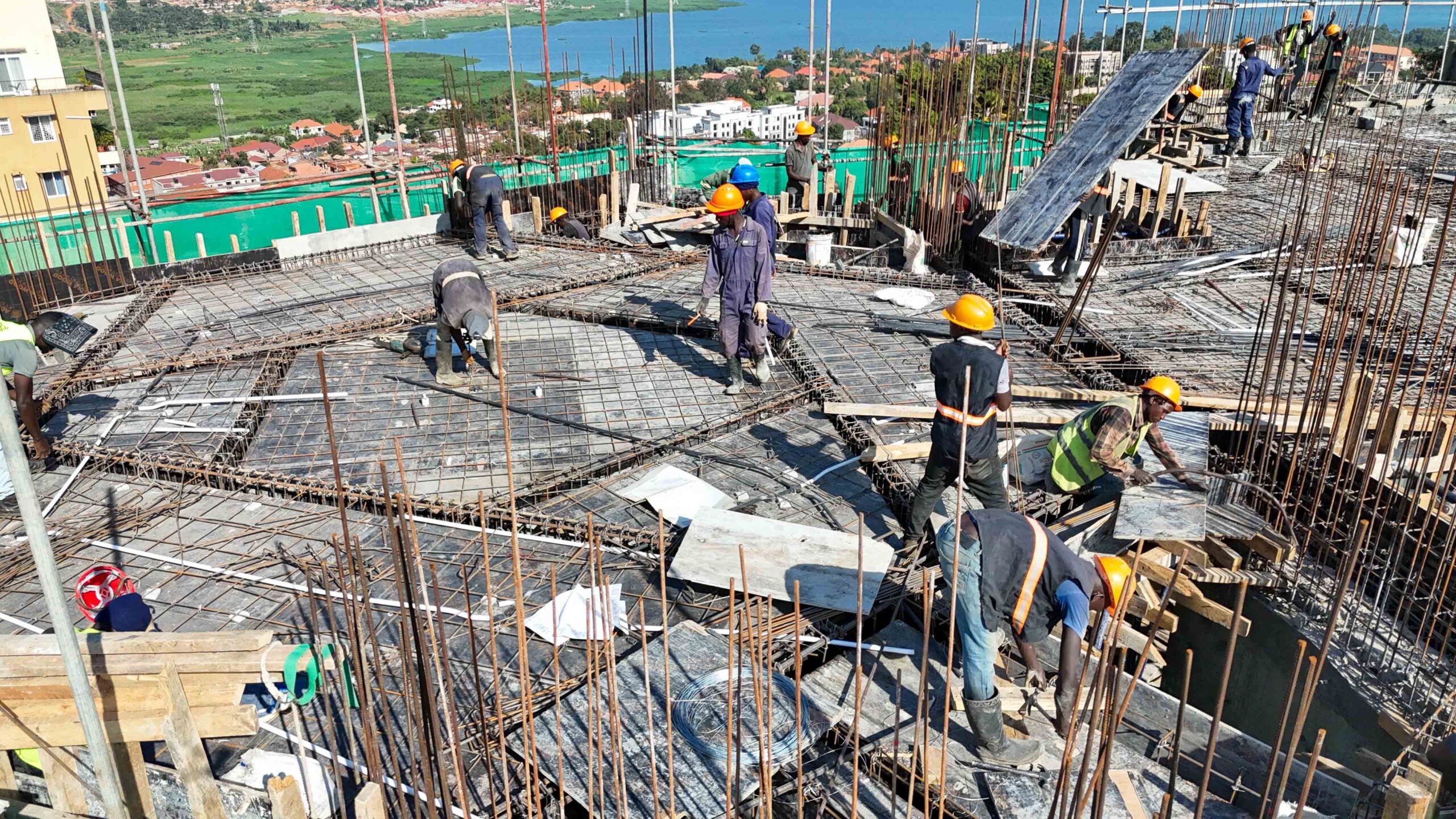Traditionally, the soil removed during construction projects has been transported to landfills, incurring disposal costs and environmental degradation. However, by adopting circular economy strategies, this excavated earth can be repurposed as a building material, reducing the need for virgin resources and minimizing waste.
The process involves testing the soil for contaminants and suitability, followed by processing it into construction materials such as compressed earth blocks. These blocks can be used in various structural applications, offering thermal mass, humidity regulation, and air purification properties. Notably, the carbon footprint of producing these earth blocks is significantly lower—approximately one-tenth—compared to traditional concrete blocks.
Environmental and Economic Advantages
Utilizing excavated soil aligns with sustainable construction goals by::
- Reducing Carbon Emissions: Lower embodied energy in production compared to conventional
- Minimizing Waste: Decreasing the volume of construction waste sent to landfills.
- Conserving Natural Resources: Lessening the demand for new raw materials like sand and
- Cost Efficiency: Potentially lowering material and transportation
Moreover, the adaptability of earth blocks allows for their reuse or natural reintegration at the end of a building’s lifecycle, further enhancing sustainability.
Global Initiatives and Applications
Several organizations and projects worldwide have embraced the use of excavated soil in construction.
- Europe: Companies in Belgium and France are developing subsoil products for the market, promoting the use of local resources in building practices.
- United Kingdom: Innovative projects have demonstrated the feasibility of using processed excavated soil in large-scale developments, showcasing its structural and environmental benefits.
These initiatives highlight the practicality and advantages of integrating excavated soil into modern construction, paving the way for broader.
Challenges and Considerations
Despite the benefits, several challenges must be addressed to mainstream the use of excavated soil:
- Quality Control: Ensuring the processed soil meets structural and safety standards.
- Regulatory Frameworks: Developing and implementing policies that support the reuse of excavated materials.
- Public Perception: Educating stakeholders about the benefits and viability of using earth-based materials.
Addressing these challenges requires collaboration among industry professionals, policymakers, and communities to foster acceptance and integration of sustainable practices.
Reimagining excavated soil as a valuable construction material exemplifies the principles of a circular economy, offering a pathway to more sustainable and resilient building practices. By embracing this approach, the construction industry can significantly reduce its environmental impact while promoting innovation and resource efficiency.







